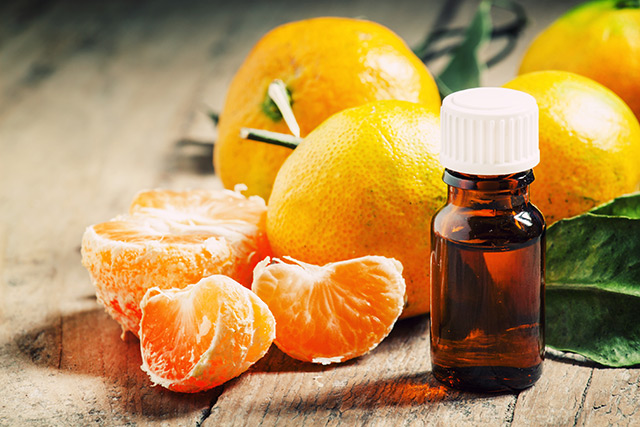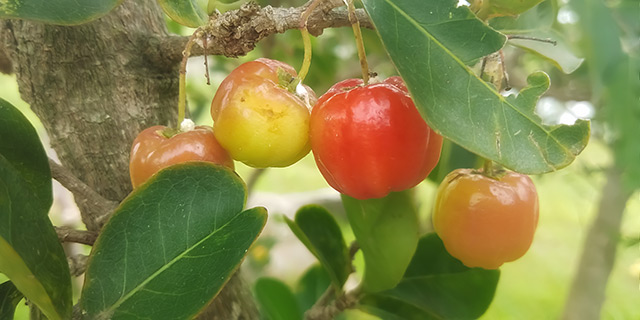Health benefits of yak milk: Tibetan survival food keeps nomads healthy under extreme conditions
10/18/2015 / By Carol Young

Tibetan culture relies on the yak in much the same way the Native Americans were tied to the bison, eating the meat and carefully utilizing the rest of the animal. Tsering Droma, a Tibetan herder, told The Guardian how integral the yak is to the culture’s survival: “Female yaks are very important to us: we can get milk, make butter and cheese and get extra money by selling it. For the males, they can be used for transport. We can sell the yak skins and the meat and hair. All the parts can be sold. Then we buy things like grain.”
Yak milk even resembles buffalo milk, as it has a higher solid, fat and protein composition than dairy cow or goat milk. Yak milk is 83% water (the fat content can range between 6.5% and 16% depending on the season) and it has a sweetish, fragrant taste. The fat globules in yak milk are larger than those in cow’s milk, and because the fat content in yak’s milk is higher and the globules larger, it takes much less time to make butter from it than from any other type of milk. Meanwhile, yak butter is used to light lamps, to make the staple dish tsampa and to prepare (yak) butter tea. Butter tea (böja or cha süma) offers great stores of caloric energy and may even help to heal chapped lips.
A 2011 study published in the International Journal of Molecular Sciences looked at the chemical composition of Chinese yak milk. Researchers found that yak milk is richer in calcium and iron than cow’s milk. The composition of yak milk and its nutritional profile are important for Tibetan nomads, who are constantly exposed to the elements and live in extremely harsh conditions. “These people have been able to live and multiply healthily over numerous generations under the extreme stress of high-altitude environment, including cold, hypoxia, and strong ultraviolet radiation, and with a simple diet devoid of vegetables and fruits for most of the year,” notes researchers in a 2014 publication in Critical Reviews in Food Science and Nutrition. Yak milk, they say, is rich in functional and bioactive components. It also contains “amino acids and fatty acids, and high levels of antioxidant vitamins, specific enzymes, and bacteria with probiotic activity (yoghurt is the main food).”
Sources:
Tagged Under:





















